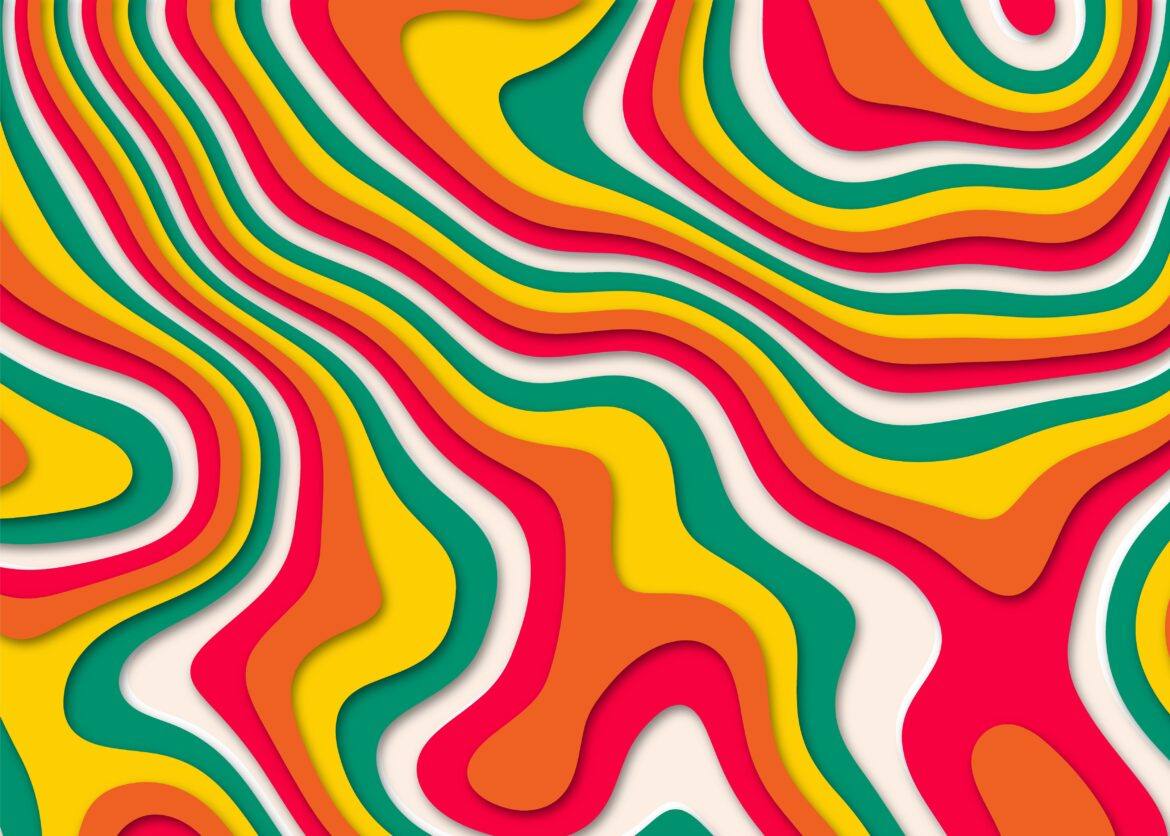“The use of graphic organizers,” says the El Campo ISD’s Intervention Warehouse website, “is a powerful tool that is easy to integrate into daily instruction.” The ECISD site then goes on to share access to several sources for graphic organizers for visualizing learning.
Graphic organizers are teaching and learning tools; when they’re integrated into classroom experiences, students are better able to understand new material. Creating a strong visual picture, graphic organizers support students by enabling them to literally see connections and relationships between facts, information, and terms.
Source: Teaching Graphic Organizers
As a writer, I often skip outlining and note-taking as ways to organize my writing and notes. Instead, I create graphic organizers to capture ideas and map out my writing. When taking notes, I capture powerful research concepts using a graphic organizer instead of laboriously writing out page after page of notes This approach helps me build a gestalt of the ideas presented.
The Problem with Graphic Organizers
Imagine that when someone says to you, “Could you read this technical text and summarize it?” you could ask yourself, “Well, which graphic organizer should I select?” Then, after some deliberation, you would pick the appropriate graphic organizer and use that one. You wouldn’t be limited to the default spider web graphic organizer with a main concept in the middle. Instead, you would just use the right one for each task.
Unfortunately, that has always been my problem with graphic organizers. Although I know there are different types (e.g. Problem-Solution, Fishbone, Time Order, etc.) for various functions, I never know which one to rely on. To this day, I still rely on the easiest graphic organizer: the spider web with main topic in the middle and ideas radiating out from the center. Also, drawing graphic organizers by hand can be cumbersome since mistakes are tough to correct.
Solutions for Visualizing Our Learning
“To know” goes the old constructivist saying, “is to know how to make.” When teachers pre-print graphic organizers for their students, they inadvertently do several negative things. Those things include:
- Modeling the use of a graphic organizer appropriate to a text, and thus:
- Removing the responsibility and ownership of selecting the correct graphic organizer appropriate to a text from the learner
Obviously, if students have less of a say in exactly what graphic organizer to use and when, their long-term use of this tool may suffer. This is because graphic organizers are visual representations of what we store in our brains. This can lead to challenges in comprehension. That’s pretty profound, isn’t it? That’s why it is so important to get students to create their own graphic organizers.
Let’s explore three tools you and your students can use to create graphic organizers via digital devices.
Hand-Drawn Graphic Organizers with OneNote
If you’re not familiar with OneNote, it is a phenomenal mobile app that makes digital ink a reality for those with touch-screen computers or Surface Pro/Android/iPad tablets. With digital ink (that is the ability to draw on the tablet screen with a stylus or fingertip), students are able to finally create graphic organizers that are representative of their own visualizations.
Computer/Browser-Based Tools
If you have access to a Windows, Mac, or Chromebook, then tools abound for creating graphic organizers. Here are my top two favorite free tools, but there are many more available, also known as “mind-mapping tools.”
- Draw.io: Looking for an easy to use, browser-based diagramming or graphic organizer creator? Look no further than Draw.io! It works in your browser, but allows you to save to whatever cloud storage system you prefer, such as Dropbox, OneDrive, or Google Drive.
- yED Graph Editor: yEd can be installed on your computer (Windows, Mac, GNU/Linux) and works fantastically well. You can create graphic organizers using its simple layout. It also scales up to meet the needs of grades 9-12 and adult learners.
Conclusion
I still remember my first copy of Inspiration graphic organizer software. I was amazed at what I could create to represent my understanding of a process, a concept, or a text. Learning how to use graphic organizers, short of learning to read/write and use technology, remains one of the best lessons my high school teacher taught me. How are you teaching your students to use graphic organizers?

